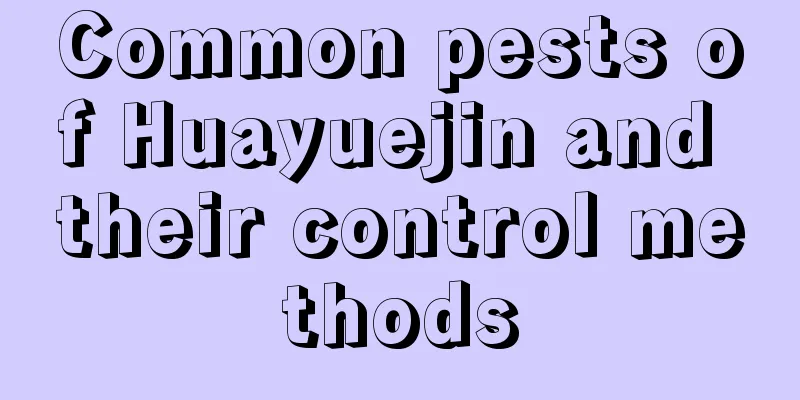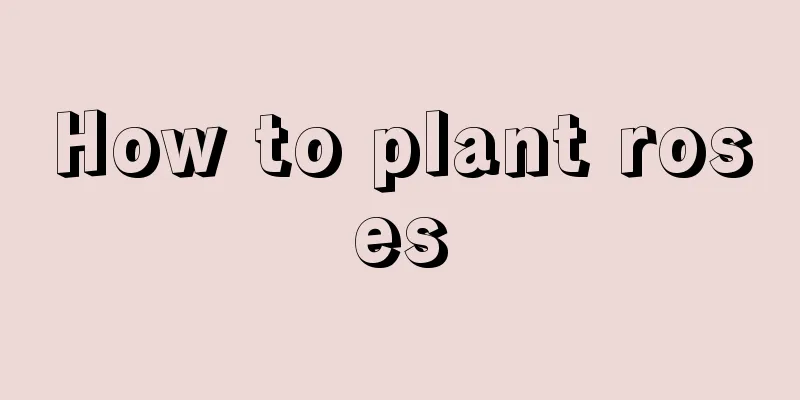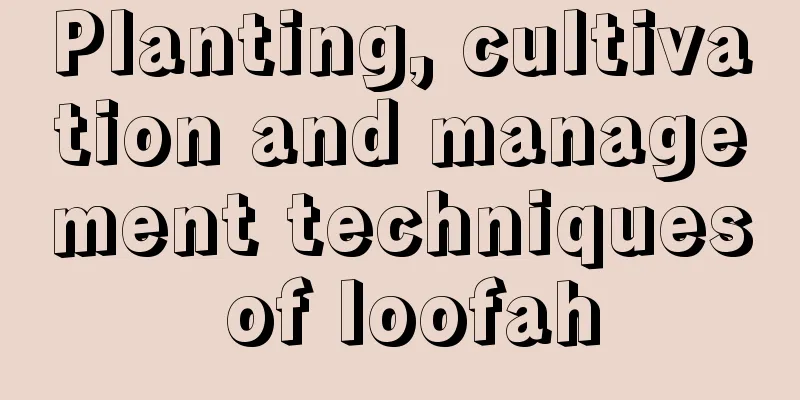Common pests of Huayuejin and their control methods

Common pests of Huayuejin: scale insectsThe damage is widespread, sucking the juice from stems and leaves, causing poor growth of the plant, and in severe cases, withering and death. Its peak period is earlier than that of red spider mites, and it often reproduces in large numbers in early spring. However, its damage is also easy to control. That is, it is often concentrated in only a few plants. Sometimes one plant is full of scale insects, while the neighboring plant has none. Common pests of flower moon brocade: red spiderRed spider mites are one of the most common plant pests, and they reproduce quickly, producing about 10 generations a year. Red spiders are extremely small in size. They use their piercing-sucking mouthparts to insert into the mesophyll and stem bark of plants, sucking the sap of the plants, causing the plants to turn yellow or even wither. Prevention and control methods: Spray 1500 times diluted 40% oxydemeton-methyl emulsifiable concentrate. Common pests of flower moon brocade: white spiderWhite spiders are not originally pests in our country; they are imported. Generally, imported products have strong resistance to pesticides, so it is difficult to prevent and control white spiders. However, it is difficult and you still have to be on guard, otherwise, a beautiful pot of Huayuejin will be ruined! Prevention and control methods: Spray with 2000 times diluted 5% cypermethrin suspension. Common pests of Huayuejin: root-knot nematodesRoot-knot nematodes will drill into the stems of the jasmine and bite the plant, causing the heart to rot and the leaves to fall off. Prevention and control methods: Fill pots with carbendazim. When the damage caused by insect pests is not very serious, you can use carbendazim to irrigate the pots to kill the root-knot nematodes. If the infestation is already serious, you can try cutting the top of the plant and then burning the mother plant with root-knot nematodes. |
<<: Common diseases and pests in Frost Morning and their control methods
>>: Common pests and diseases in Mingyue and their control methods
Recommend
What is the meaning of the red safflower and when does it bloom?
1. Flower Language The flower language of impatie...
When to sow butterfly flowers
The planting time of butterfly flowers When growi...
How to prune and propagate the fairy finger
1. How to trim the fairy finger 1. Pruning before...
What to do if the roots of lucky bamboo turn black
1. No water change for a long time Many people ke...
How to raise the newly bought Ji Qiuli
1. How to cultivate the newly bought Ji Qiuli Ji ...
How to propagate firecracker flower
Cutting propagation of firecracker flower Since i...
How to Eat Sea Grapes
A few simple ways to eat sea grapes: Cold Rinse t...
Are violets poisonous? Are they suitable for indoor cultivation?
1. Is it toxic? The whole plant of violet is non-...
Kumquat planting methods and precautions
Kumquat 's small plant shape also makes it a ...
How to divide and plant Houttuynia cordata? Can it be planted in the north?
1. How to divide and plant 1. Time selection: It ...
How to prune the rich tree
How to prune the branches of the rich tree The ri...
Why do we need to cut the bulbs of daffodils?
Benefits of chipping ①It can make the flower buds...
What kind of soil is best for the fortune tree?
1. Requirements for soil (1) First of all, it nee...
Why does the Dancing Yale grow slowly? What is the growing season?
1. Why do we grow slowly? Usually, the reason why...
How to grow a potted rubber tree
1. Pot soil selection Because its root system is ...









